1. Flexible Childcare
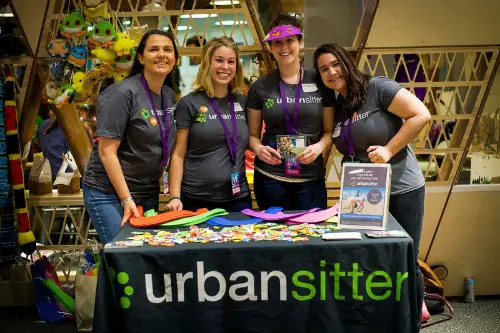
Apps like UrbanSitter and Care.com let parents choose sitters based on their own schedules, often with just a few hours’ notice. It’s a game-changer for busy parents, giving them a sense of control over their childcare needs. But many sitters are considered independent contractors, working without benefits, protections, or even guaranteed pay for late cancellations. They often compete fiercely for gigs, especially in high-demand cities.
This model offers flexibility—for parents and sitters—but it can quickly skew in favor of the one doing the hiring. Gig sitters don’t always have recourse if clients underpay, cancel last-minute, or fail to follow through. And since the platforms often avoid formal employment relationships, the workers miss out on protections like paid sick time or overtime pay. The trend is empowering—but only for one side.
2. Affordable Wellness Services
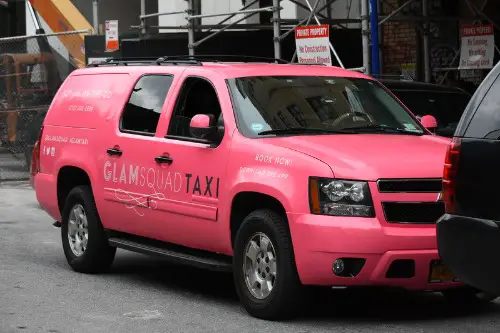
Massage-on-demand apps like Soothe and beauty platforms like Glamsquad market luxury at your convenience. For consumers, it’s empowering to book a massage or manicure at home, especially at prices lower than traditional spas. But those savings are often made possible by gig workers who are paid per session, not per hour, and may cover their own supplies and transportation. Their pay can be unpredictable, especially when demand fluctuates.
These gig-based therapists and stylists don’t typically get health insurance, paid sick leave, or job security. If they get injured on the job, they’re usually on their own. Some even travel significant distances for a single appointment that might get canceled last-minute. It’s comfort and control for the consumer—but instability for the worker.
3. Same-Day Delivery
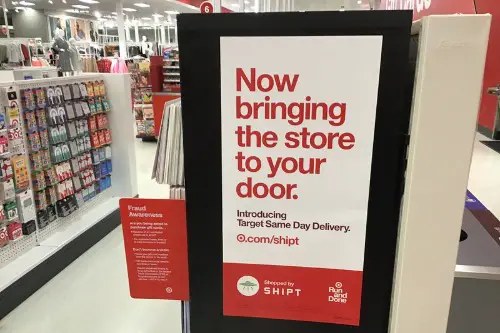
From groceries to gadgets, same-day delivery is sold as ultimate convenience and control. But behind that promise are armies of gig workers—often driving their own cars, burning their own gas, and hustling under tight delivery windows. Companies like Amazon Flex and Instacart rely on independent contractors to fulfill this demand. These drivers are technically self-employed, which means no benefits, no paid time off, and often unpredictable income.
The very speed consumers love is made possible by workers who get paid per task, not per hour. If demand dips or tips fall short, earnings drop. Many workers report refreshing apps constantly just to grab the next delivery. The model gives consumers the illusion of empowerment, while placing the risks squarely on the workers.
4. Food Freedom (via Food Delivery Apps)
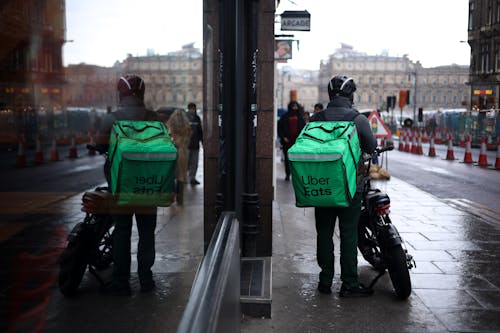
Apps like DoorDash, Uber Eats, and Grubhub let people eat what they want, when they want, with a few taps. It feels like ultimate freedom—until you realize that flexibility comes at the expense of drivers biking or driving in all kinds of weather. These workers often juggle multiple apps to make ends meet, hoping for decent tips to supplement their per-delivery pay. They are usually classified as independent contractors, so they don’t qualify for minimum wage guarantees or unemployment insurance.
While users rave about having dinner show up in 30 minutes, the system depends on a rotating cast of gig workers who absorb all the cost and risk. Many of them earn below minimum wage after expenses. And when policies like “tip transparency” or surge pay shift suddenly, they have no recourse. The convenience is real—for customers—but the cost is offloaded onto the people powering the apps.
5. Personal Freedom Through Rideshare
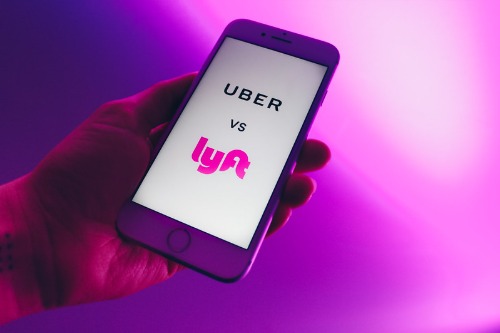
Whether it’s a late-night ride home or a trip to the airport, Uber and Lyft have made personal transport feel more accessible and liberating. Riders get the freedom of a private car without the commitment of owning one. But the system depends heavily on gig drivers, who shoulder the costs of gas, insurance, maintenance, and downtime. Many report that after expenses, their take-home pay is alarmingly low.
Drivers are classified as independent contractors, meaning no health insurance, no paid time off, and little job stability. Earnings can vary wildly based on time of day, city, or even weather. And algorithmic pricing often benefits the platform more than the driver. While passengers enjoy independence and low fares, drivers carry the financial and physical weight of that mobility.
6. On-Demand Home Services

Need a handyman in an hour? Apps like TaskRabbit and Handy promise instant help, letting you outsource everything from furniture assembly to plumbing. It’s marketed as giving users more time and autonomy. But the workers behind these jobs often face low pay rates, stiff competition, and the burden of traveling between jobs on their own dime.
These workers are rarely reimbursed for travel or materials and are responsible for their own insurance and taxes. Taskers often find themselves bidding low to get gigs, which pushes pay down across the platform. Many report feeling pressure to accept poor terms just to stay active on the app. The platform may empower homeowners—but often disempowers the people doing the work.
7. DIY Entrepreneurship
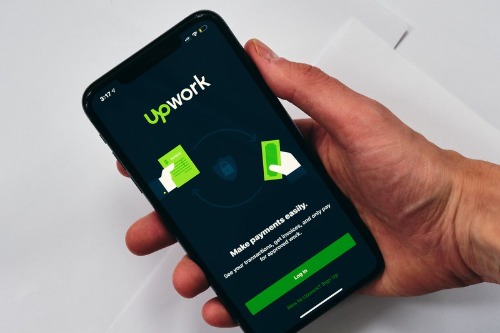
Many Americans proudly identify as freelancers or solopreneurs, creating content, selling crafts, or offering services online. But a large portion of this “creator economy” depends on platforms like Fiverr, Etsy, or Upwork, which can take significant cuts of each transaction. Creators often work without guarantees of payment, health benefits, or labor protections. The hustle looks free—but it’s far from frictionless.
Platform algorithms and fee structures can penalize users for turning down work or going offline. Some creators must spend hours on self-promotion just to get noticed. The promise of “being your own boss” is real, but so is the isolation and income volatility. It’s empowerment with a hidden price tag.
8. Remote Work for All

The remote work boom was hailed as a democratizing force, letting people work from anywhere, on their terms. But much of the infrastructure that supports it—from virtual assistants to customer support reps—is staffed by gig workers, often overseas. These workers provide round-the-clock service, but are often paid low rates and lack labor protections. Their labor keeps inboxes clear and Zooms running smoothly.
While white-collar professionals enjoy flexibility and work-life balance, gig workers behind the scenes operate without the same perks. They may be let go without warning, paid per task, or penalized for missing a quota. Their work is often invisible, even as it’s essential. So while remote work feels empowering, its foundation is often built on precarious gig labor.
This post 8 “Empowering” American Trends That Quietly Depend on Gig Workers was first published on American Charm.


